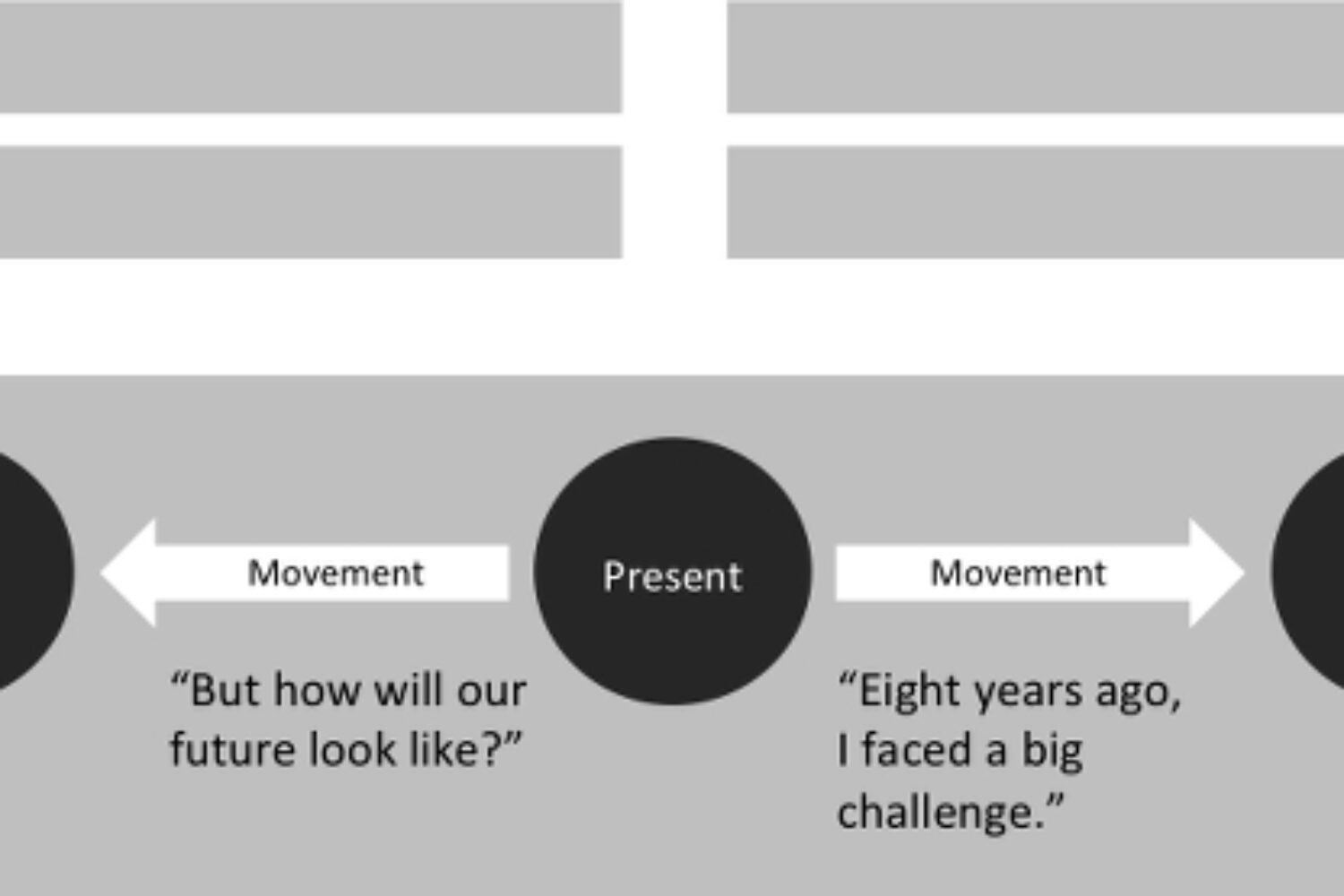Do you know these speakers who present something for twenty minutes, and while they’re presenting they plant and stand still the entire time – like a tin soldier? The result: the attention span in the audience drops like a hot potato. Stage movement is a must for public speakers. Stage movement increases the level of attention in your audience. For one simple reason…
Think about the last tennis match you saw. Think about a dog running around in a park. We have to follow moving objects. It’s an instinct. And we definitely follow moving objects on the horizon. This is what you are when you move horizontally on stage. You’re a moving object on the horizon. And they just have to follow. When they follow your movements, the level of attention automatically goes up. It’s that simple.
What you can never do though is move continuously. When you move continuously from left to right and from right to left you turn into the lion in the cage. The lion in the cage drives an audience nuts after no time. In my trainings I always say, Move for attention, plant for authority.
The most effective stage movements for me are those that have a purpose. Here are three ways to move more effectively on stage.
Speech structure
Imagine you give a speech with a speech body, which consists of three parts – ABC (Compare the Speech Structure Building). Be aware that your stage movements should always reflect the point of view of the audience. They have a mirrored view of your movements.
In a simplified way, you could start your speech in the center of the stage. The center is always your starting point and your endpoint of any presentation. The moment you enter your first argument, you move to the right and talk about A. When you’re finished with A, you say something like, A is one point, but there’s more to it. Now you move to the left and continue with B in the center. You move to the left, when you talk about C and close your speech in the center.
ABC movements are great because they underline the transitions between your different speech blocks.

Timeline
A stage is so much more than just a stage. It’s also a timeline. The center is now, today, the present. On your right – that’s the past (for your audience). On your left – that’s the future. I love to move through time on stage.

Geography
A third way to move more effectively on stage is when you move geographically. Locations, villages, cities – use them as holograms on stage. When you move from Buenos Aires to Berlin (again in a mirrored way), the audience literally moves to Berlin with you. It’s an amazing effect!

Command the stage
Whether it’s to support your speech block transitions or your movements through time and space – use more stage movements with purpose. They won’t see a tin soldier; they won’t see a lion in the cage. They will see a speaker who commands the stage, and by commanding the stage you’ll influence the level of attention in that room.


Ajit P Shah
Beautiful article, Florian!
You have written it in so simple words, but what you have written has such an impact on the speech you give. I thoroughly enjoyed reading it. Thank you so much.